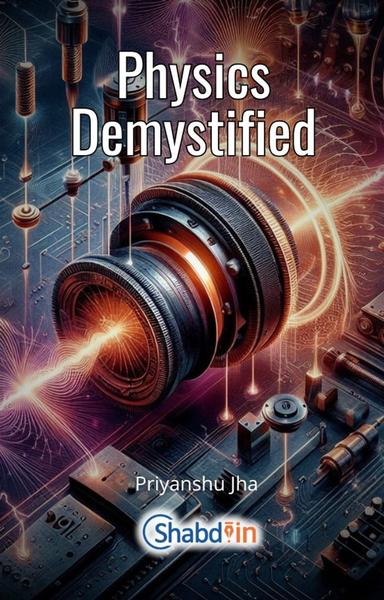Particle physics, the study of the fundamental building blocks of the universe and the forces that govern them, has revolutionized our understanding of the nature of matter and the fundamental laws of physics. Over the years, Indian scientists have made significant contributions to this field, playing a crucial role in unraveling the mysteries of the subatomic world. In this article, we explore the Indian contributions to particle physics and their impact on the quest for fundamental understanding.
The Pioneering Work of Homi J. Bhabha:
One of the most prominent figures in the history of Indian particle physics is Homi J. Bhabha. Bhabha played a key role in laying the foundation of particle physics in India and was instrumental in establishing the Tata Institute of Fundamental Research (TIFR) in Mumbai in 1945. Under his leadership, TIFR became a hub for cutting-edge research, attracting brilliant minds from around the world. Bhabha himself made notable contributions to the field, particularly in the area of cosmic rays and the interaction of high-energy particles with matter.
The Discovery of the Higgs Boson:
The discovery of the Higgs boson, a particle that gives mass to other elementary particles, was a monumental achievement in particle physics. Indian scientists played a significant role in this discovery through their involvement in experiments at the Large Hadron Collider (LHC) at CERN. Researchers from institutions such as TIFR, the Delhi University, and the Panjab University were part of the international collaborations that contributed to the detection of the Higgs boson in 2012. Their contributions included crucial contributions to the design and construction of detectors, data analysis, and theoretical interpretations.
Neutrino Physics and the INO Project:
Neutrinos, elusive particles with almost no mass and weak interaction with matter, have become a focus of intense research in recent years. India has been at the forefront of neutrino physics with its involvement in the India-based Neutrino Observatory (INO) project. The INO aims to study neutrinos by constructing a massive underground detector. Indian scientists and institutions, including TIFR and the Institute of Mathematical Sciences (IMSc), are actively engaged in the design, development, and scientific planning of this ambitious project, which promises to deepen our understanding of neutrinos and their role in the universe.
Astroparticle Physics and Dark Matter Research:
Astroparticle physics, a multidisciplinary field that combines aspects of particle physics and astrophysics, has gained significant attention in recent years. India has made notable contributions to this field, particularly in the study of dark matter. Researchers at TIFR, IMSc, and other institutions have been actively involved in experiments and theoretical investigations to understand the nature of dark matter, which constitutes a large portion of the universe's mass. Contributions include participation in international collaborations such as the Dark Energy Survey (DES) and the Pierre Auger Observatory.
Conclusion:
Indian scientists have played a vital role in the field of particle physics, contributing to groundbreaking discoveries, experimental advancements, and theoretical developments. From the pioneering work of Homi J. Bhabha to the involvement in the discovery of the Higgs boson and the pursuit of neutrino physics and dark matter research, India's scientific community has made substantial contributions to the quest for fundamental understanding. These efforts continue to shape our knowledge of the subatomic world and pave the way for further breakthroughs in particle physics.















